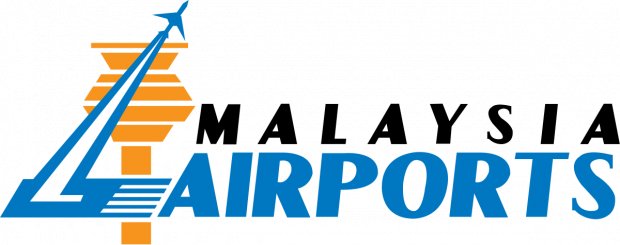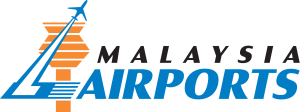Low-cost travel growth in Malaysia boomed in the last decade

Malaysia Airports facilitated the low-cost travel industry with its pro-growth approach
SEPANG - Over the last ten years, low fare travel has increased by leaps and bounds. Today, low cost travel constitutes 25% and 50% of total travel in Asia and Malaysia respectively, and this percentage is expected to increase. The AirAsia Group, as the country's major low-cost travel operator experienced a compounded annual growth return (CAGR) of 11.6% over the last decade.
At the time when the true growth potential of low cost travel was still uncertain, Malaysia Airports took a bold step of investing close to RM360 million in building and expanding the first low-cost terminal in South East Asia from 2006 up till the opening of klia2.
Klia2, the second terminal to KL International Airport (KLIA), is a vital component of the flagship airport ecosystem in realising its vision to be the preferred global hub. KLIA Main Terminal and klia2 together act as the national gateway to Malaysia and play an important role in portraying the nation’s image as a modern and developed country.
While the old LCC Terminal (LCCT) was built as a temporary solution to meet the immediate requirements of AirAsia then, and more importantly to provide AirAsia the ability to grow to its full potential, klia2 was and is the ultimate embodiment of Malaysia Airports' pro-growth approach to support and enable the national growth of low cost travel.
In the development of klia2 and in catering to future growth, Malaysia Airports not only took into consideration the significant evolution of the low-cost carrier business model, it also catered to any anticipated changes that may occur in the coming decades.
The aviation industry has witnessed the evolution of airline business models over the past ten years. Instead of the initial point to point destinations using narrow bodied aircraft, low cost airlines are now providing transfers to multiple destinations and using bigger aircraft. From offering only no-frills travel, what is termed as budget airlines are also offering premier class travel equipped with flatbeds, airport lounge facilities, in-flight entertainment and on board wi-fi.
Therefore, any new airport infrastructure must be enduring in its design and capacity to ensure that it can cater to the ever-changing variants of airline business models so that it is able to cater for long-term growth and effectively meet the needs of all its stakeholders. The design and development of klia2 took into consideration all the above points at a macro level.
On top of providing infrastructure capacity, Malaysia Airports had also supported low-cost travel growth through a series of incentive programmes for 12 years starting from 2002 onwards. The incentive programmes included the Infancy Support Programme from 2002-2007 and Enhanced Incentive Programme from 2007 to 2009 which were given exclusive to AirAsia.
Subsequently, Malaysia Airports had implemented three other incentive programmes namely Airlines Recovery Plan (ARP) to assist airlines to recover from the global financial crisis between 2009-2011 , Airlines Incentive Programme (I), and Airlines Incentive Programme (II) between 2012-2017 to reward airlines for growth. Up until 2017, the AirAsia Group had benefited to the tune of RM376 million from the incentive programmes, in tandem with the significant growth the airline had enjoyed. The government had also given special consideration in terms of lower PSC for the old LCCT and klia2 up until recently when it was fully equalised in July 2018.
According to Malaysia Airports acting Group CEO Raja Azmi Raja Nazuddin, "While Air Asia, the home-grown carrier has been the principal driver for this growth, the Malaysian government along with Malaysia Airports have both played crucial roles as enablers by fully supporting low cost travel for the benefit of all Malaysians. This not only emphasises our commitment and support for low cost travel, but more so our conviction that this will take us to the next level of growth in air travel demand.”
"From the onset, Malaysia Airports had understood what it took for low-cost travel to be successful and will continue to support it", he further added.
For general media enquiries, you can contact:
Email: media@malaysiaairports.com.my
General Line (Head Office)
Tel: +603 8777 7000 /Fax: +603 8777 7778
For information about KL International Airport (KLIA), please contact:
General Line: +603 8777 8888
Public Relations Division: +603 877 68043/68186
Website: www.malaysiaairports.com.my


